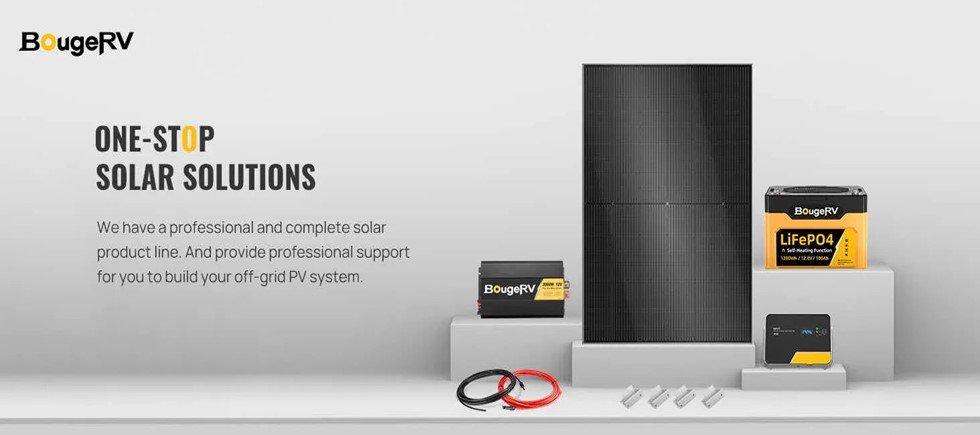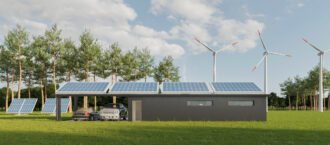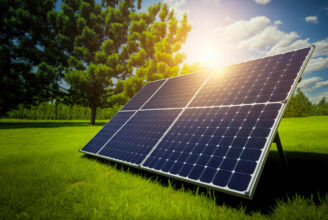The Rise of Rigid Bifacial Solar Panels: An Innovative Approach to Renewable Energy
As the world continues to seek cleaner and more sustainable energy sources, solar power has emerged as one of the most promising solutions. Rigid bifacial solar panels have gained significant attention among the various solar technologies. These panels transform how we harness solar energy, offering unique advantages over traditional solar panels. This article will explore the uses, importance, and reasons why rigid bifacial solar panels are becoming a crucial component of modern solar energy systems.
Understanding Rigid Bifacial Solar Panels
Rigid bifacial solar panels are a type of solar module that can capture sunlight on both the front and back surfaces, significantly increasing the energy generated. Unlike conventional solar panels, which only absorb sunlight from one side, bifacial panels use reflected light from the ground and other surfaces to boost efficiency. This dual-sided approach means they can generate more electricity from the same amount of sunlight, making them highly efficient in various environments.
The panels are “rigid” because they are made from durable materials designed to withstand the elements, ensuring long-term performance. This makes them particularly suitable for large-scale installations in harsh conditions where reliability and durability are paramount.
Key Uses of Rigid Bifacial Solar Panels
- Commercial and Industrial Applications: Rigid bifacial solar panels are well-suited for commercial and industrial settings. These environments often have large, open spaces where the panels can be installed on rooftops or ground-mounted systems. The ability to generate more power from the same area makes them ideal for businesses looking to maximize their return on investment.
- Residential Solar Panel Kits: While traditionally used in larger installations, bifacial solar panels are becoming more accessible to homeowners. Solar panel kits, which include all the necessary components for a home solar setup, often incorporate bifacial technology to offer higher efficiency in smaller spaces. These kits are perfect for those looking to reduce their energy bills and carbon footprint without installing extensive systems.
- Utility-Scale Solar Farms: Utility companies increasingly use bifacial solar panels for large-scale solar farms. The panels’ ability to generate more electricity with the same footprint allows for more efficient land use. This is particularly important in areas where space is limited or maximizing energy output is crucial to meeting renewable energy targets.
- Agricultural Applications: In farm settings, rigid bifacial solar panels can be installed above crops or livestock areas. This not only generates electricity but can also provide shade, helping to manage the microclimate. The dual-sided nature of these panels means that even the light reflected off crops or the ground is utilized, making them an intelligent choice for farms looking to integrate renewable energy into their operations.
Importance of Rigid Bifacial Solar Panels in Modern Energy Systems
The importance of rigid bifacial solar panels lies in their ability to address some key challenges the solar industry faces.
- Increased Efficiency: One of the primary advantages of bifacial panels is their increased efficiency. By capturing light from both sides, they can produce up to 30% more energy than traditional monofacial panels under optimal conditions. This makes them an attractive option for anyone looking to maximize energy production.
- Versatility: These panels are highly versatile and can be used in various installations, from urban rooftops to expansive solar farms. Their rigid construction ensures they are durable enough to withstand harsh weather conditions, making them suitable for multiple environments.
- Long-Term Investment: The longevity and efficiency of rigid bifacial solar panels make them a solid long-term investment. Although they may have a higher initial cost than conventional panels, the increased energy output and durability lead to lower overall costs per unit of energy produced over the system’s lifespan.
Reasons Behind the Growing Popularity of Rigid Bifacial Solar Panels
- Environmental Benefits: As the world moves toward cleaner energy, the ecological benefits of bifacial solar panels are transparent. By producing more electricity from the same amount of sunlight, these panels help reduce the overall carbon footprint of solar energy production.
- Economic Advantages: The increased efficiency of bifacial panels means they can provide a higher return on investment. For businesses and homeowners alike, the ability to generate more electricity can lead to significant savings on energy bills over time.
- Technological Advancements: Recent advancements in solar technology have made bifacial panels more accessible and affordable. Improved manufacturing processes and materials have reduced costs, making them a viable option for a broader range of applications.
- Support for Renewable Energy Goals: Governments and organizations worldwide set ambitious renewable energy targets. The efficiency and versatility of rigid bifacial solar panels make them essential in achieving these goals, particularly in areas with limited space or resources.
Conclusion
Rigid bifacial solar panels represent a significant advancement in solar technology, offering increased efficiency, durability, and versatility. As we transition towards renewable energy, these panels will likely play an increasingly important role in commercial and residential settings. Whether through large-scale solar farms or individual solar panel kits for homes, the ability to generate more power from the same sunlight makes rigid bifacial solar panels a crucial component in the future of clean energy. By understanding their uses, importance, and the reasons behind their growing popularity, it’s clear that bifacial panels are not just a trend but a lasting innovation in pursuing sustainable energy.


















